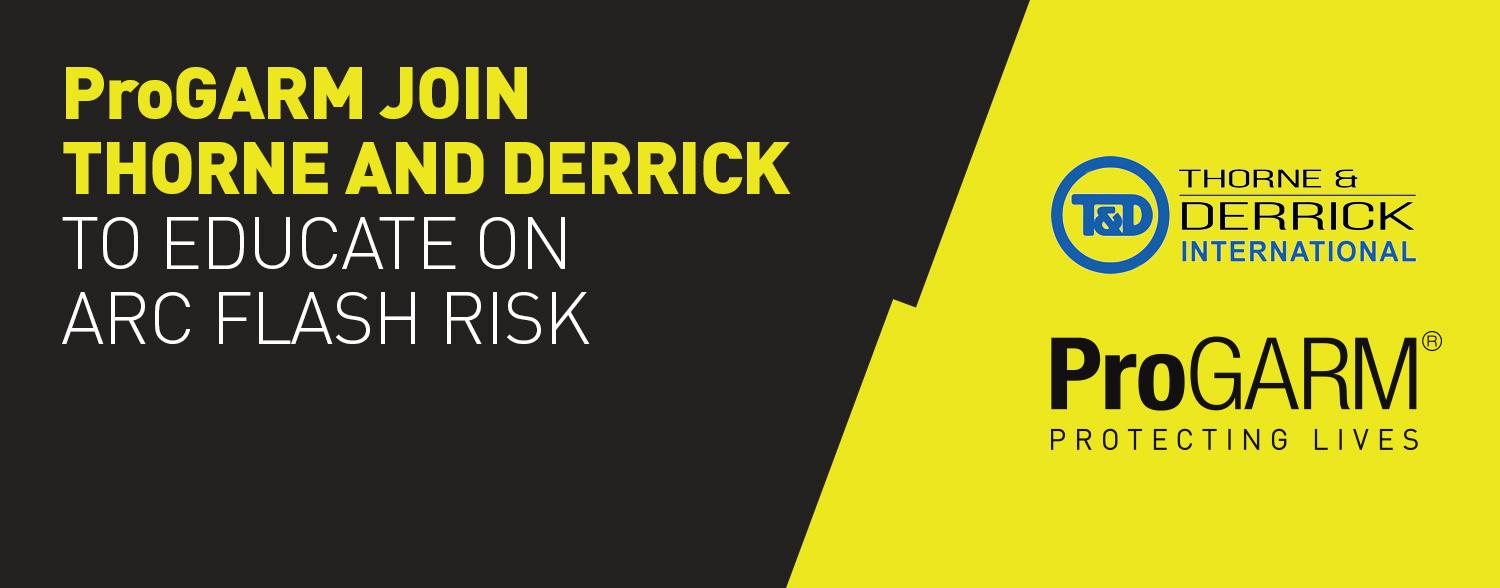
BS EN 342 Standard I Arc Flash & Protective Clothing Standards

BS EN 342
Arc Flash & Protective Clothing Standards
BS EN 342 standard covers Protective Clothing & Protection Against Cold.
This EN Standard specifies the requirements and test methods for garments and clothing combinations designed to protect the wearer in a cold environment (characterised by a combination of humidity, wind and air temperature lower than -5 °C).
The standard does not contain any specific requirements for head, hand or foot protection.
ABOUT THIS EN STANDARD
This standard’s pictogram is an ice-crystal placed alongside three figures that represent the insulation (Clo), air permeability (X) and, if applicable, the water vapour resistance (Y) values. The precise meaning of these values is explained below.
The Clo, X and Y Values
The Clo value indicates a garment’s insulation properties and is a measurement of how long a person can work at a specific temperature when wearing this clothing. It is not a specific class, but can be any value.
The X value indicates a garment’s air permeability. The X value has 3 classes (1 to 3). Class 1 garments have the highest air permeability and Class 3 the least. The air permeability is a wind proofing measurement, Class 1 is therefore the least windproof and Class 3 the most.
The Y value indicates a garment’s water vapour resistance. The Y value also has 3 classes (1 to 3). Class 1 garments have the lowest water vapour resistance and Class 3 garments the highest.
A more recent version (2004) of EN 342 is now available
The new version has the following values: Icler / Icle, this is the equivalent of the Clo value and two Y values. The first Y value indicates the air permeability; it is assessed in a different way to the old EN 342, but is still given as Class 1 to 3. The second Y value indicates the garment’s waterproofing. Clothing that complies with EN 342 does not necessarily have to be waterproof. This value can therefore sometimes be omitted. This value has 2 classes – 1 and 2. Class 1 is the least waterproof and Class 2 the most. If a garment is waterproof, its breathability must also be tested.
View further information about Arc Flash Clothing Standards.
BS EN 342 | Standard Overview
Protective Clothing. Ensembles and garments for protection against cold. Material performance and design requirements.
This European Standard specifies requirements and test methods for the performance of clothing ensembles (i.e. g two piece suits or coveralls) for protection against the effects of cold environments equal to or below −5°C (see Annex C).
These effects comprise not only low air temperatures but also humidity and air velocity.
Requirements and test methods of garments for protection against cool environments are specified in EN 14058.
The protective effects and requirements of footwear, gloves and separate head wear are excluded from the scope of this standard.
Standard Status | Current
Published | 2017
Standards | RIS-3279-TOM | IEC 61482-2 | BS EN ISO 11611 | BS EN ISO 20471 | BS EN ISO 14116 | BS EN ISO 11612 | BS EN 13034 | BS EN 1149-5 | BS EN 14404 | BS EN 343 | HSG47
BS EN 342:2004
Protective clothing. Ensembles and garments for protection against cold. This British Standard is the UK implementation of EN 342:2004, incorporating corrigendum March 2008. It supersedes DD ENV 342:1998 which is withdrawn.
Clothing & Garments
Protecting Workers Against the Dangers of Arc Flash
Thorne & Derrick stock and supply the most extensive range of Arc Flash PPE, Clothing & Protective Garments – should you require any further information, sample garments for field test and trial or a quotation please do not hesitate to contact us.
Thorne & Derrick International supply arc flash clothing and protection equipment including coveralls, gloves, helmets, face shields and general head-to-toe PPE is used to protect against flashover – complete range of insulating matting is also available for worker protection when exposed to energised electrical switchgear and transformers.
Typical applications include LV, HV & EHV cable jointing and terminating, fuse pulling, switchgear commissioning, racking circuit breakers, electrical switching and live working on medium and high voltage electricity networks.
T&D are national distributors LV, MV & HV Cable Installation, Jointing, Substation & Electrical Equipment – we service UK and global businesses involved in cable installations, cable cleating, cable jointing, substation, overhead line and electrical construction at LV, 11kV, 33kV and EHV.
Since 1985, T&D have established an international reputation based on SERVICE | INTEGRITY | TRUST.
External URL: https://www.powerandcables.com/bs-en-342-standard-arc-flash-protective-clothing-standards/
By Thorne & Derrick International
1640 Views
Recent Posts
- Durata bolsters senior leadership team to fuel continued growth
- Protecting Your Innovation: An Intellectual Property (IP) Breakfast for Businesses and Innovators
- Accurate Metering Optimises Soft Drink Blending
- The Power of Alignment
- Guardtech Group Commercial Team ready to shine as jam-packed summer exhibition schedule hots up
Back to News >



